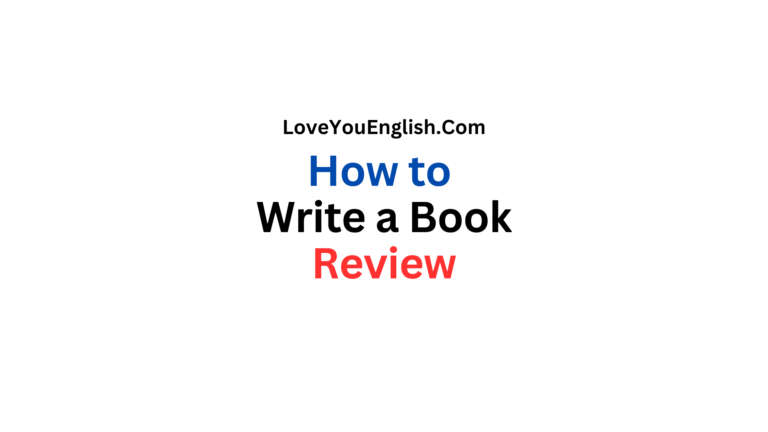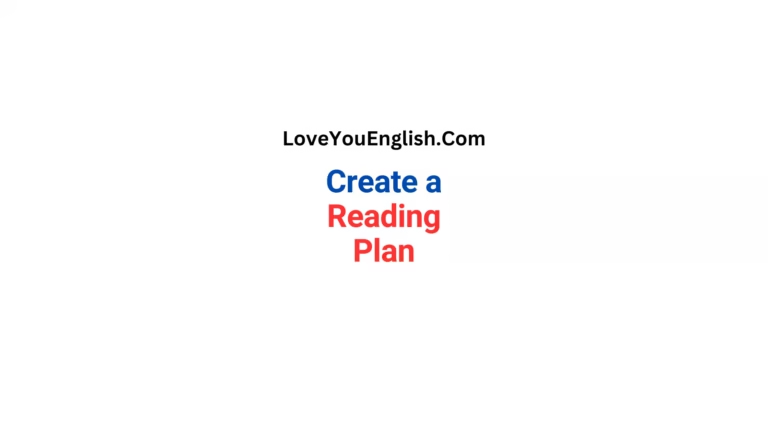How to Write Just About Anything: A Guide
Sharing is caring!
Writing is something that anyone can get better at.
It doesn’t matter if you’re sending an email, writing a story, or making a blog entry; the basics of good writing are always the same.
In this guide, I will simplify the writing process into simple steps, helping you feel ready to handle any writing assignment you face.
1. Understand Your Purpose
Before you start writing, it’s crucial to understand why you’re writing.
Are you informing, persuading, entertaining, or expressing yourself?
Your purpose will guide your tone, structure, and content.
Informing
When you’re writing to inform, your goal is to provide clear, concise, and accurate information. Examples include reports, essays, and how-to guides.
Persuading
Persuasive writing aims to convince the reader to adopt a certain viewpoint or take action. This includes advertisements, opinion pieces, and cover letters.
Entertaining
Entertainment writing should engage the reader and evoke emotions. Fiction, poetry, and humor pieces fall into this category.
Expressing
Expressive writing is personal and reflective, often used in journals, personal blogs, and memoirs.
2. Know Your Audience
Understanding who will read your writing helps you tailor your message.
Consider the following:
- Age: A younger audience might prefer simpler language and more visual elements.
- Interests: Knowing what your audience cares about will help you choose relevant topics and examples.
- Knowledge level: Gauge how much background information you need to provide.
3. Choose the Right Format
Different types of writing require different formats.
Here are some common formats and their key components:
Emails
- Subject line: Summarize the main point.
- Greeting: Address the recipient appropriately.
- Body: Keep it concise and to the point.
- Closing: End with a polite closing line and your name.
Essays
- Introduction: Introduce the topic and state your thesis.
- Body paragraphs: Each paragraph should focus on one main idea that supports your thesis.
- Conclusion: Summarize your points and restate your thesis in a new way.
Blog Posts
- Headline: Grab the reader’s attention.
- Introduction: Hook the reader and outline what the post will cover.
- Body: Use subheadings, bullet points, and images to break up text.
- Conclusion: Summarize key points and include a call to action.
Fiction
- Plot: Outline the main events.
- Characters: Develop relatable and dynamic characters.
- Setting: Describe the time and place where the story occurs.
- Conflict: Introduce a problem or challenge for the characters to overcome.
More cool topics:
- Practical Tips to Study Long Hours Without Getting Tired or Sleepy
- Fascinating Links Between Music and Language
- Figurative Language in English And How to Use Them
- What is Eurovision? Know Everything About the Contest
4. Plan Your Writing
Before you start writing, take some time to plan. This will make the writing process smoother and help you stay organized.
Brainstorming
Write down all your ideas without judging them. This can help you discover connections and generate new ideas.
Outlining
Create a rough outline of your main points. This will act as a roadmap for your writing and ensure you stay on track.
5. Write a Draft
Now that you have a plan, start writing your first draft. Don’t worry about making it perfect—just get your ideas down on paper.
Start with the Introduction
Begin with an engaging introduction that hooks your reader. This could be a surprising fact, a quote, or a question.
Develop the Body
Expand on each point in your outline. Use examples, facts, and anecdotes to support your ideas.
Conclude Strongly
End with a strong conclusion that reinforces your main points and leaves the reader with something to think about.
6. Revise and Edit
Revising and editing are crucial steps in the writing process. They help you refine your ideas and improve clarity.
Take a Break
After finishing your draft, take a break. This will give you a fresh perspective when you return to revise.
Read Aloud
Reading your writing aloud can help you catch errors and awkward phrasing.
Seek Feedback
Ask someone else to read your work and provide feedback. They can offer a different perspective and catch mistakes you might have missed.
Edit Ruthlessly
Cut unnecessary words, fix grammar and spelling errors, and ensure your writing flows smoothly.
7. Polish and Proofread
The final step is to polish your writing and ensure it’s error-free.
Check for Consistency
Make sure your writing is consistent in tone, style, and formatting.
Proofread Carefully
Look for typos, grammatical errors, and punctuation mistakes. Consider using tools like spell checkers and grammar checkers to help.
Tips for Different Types of Writing
Business Writing
- Be Clear and Concise: Avoid jargon and get straight to the point.
- Use Bullet Points: They help break up text and highlight key points.
- Maintain a Professional Tone: Be polite and respectful.
Creative Writing
- Show, Don’t Tell: Use descriptive language to paint a picture for the reader.
- Develop Strong Characters: Give them distinct voices and personalities.
- Build Tension: Keep the reader engaged by creating suspense and conflict.
Academic Writing
- Use Evidence: Support your arguments with facts, statistics, and citations.
- Be Objective: Present information in an unbiased manner.
- Follow a Structure: Adhere to the required format and guidelines.
Common Writing Challenges and Solutions
Writer’s Block
- Take a Break: Step away and clear your mind.
- Free Write: Write anything that comes to mind without worrying about quality.
- Change Your Environment: A new setting can inspire creativity.
Lack of Inspiration
- Read Widely: Reading different genres and styles can spark new ideas.
- Talk to Others: Conversations can provide new perspectives and insights.
- Explore Your Interests: Write about topics you’re passionate about.
Overcoming Procrastination
- Set Goals: Break your writing into manageable tasks with deadlines.
- Eliminate Distractions: Find a quiet place to write and turn off notifications.
- Reward Yourself: Give yourself small rewards for completing tasks.
The Importance of Practice
Like any skill, writing improves with practice. Make writing a regular habit, and you’ll see progress over time.
Here are some ways to practice:
- Keep a Journal: Write daily entries about your thoughts and experiences.
- Join a Writing Group: Share your work and get feedback from others.
- Write for Fun: Experiment with different genres and styles.
Conclusion
Writing is a cool skill that can be used for lots of things.
If you know why you’re writing, who you’re writing for, pick the right way to write, plan it out, write a draft, make changes, edit, and practice a lot, you can be a good writer.
Just remember, the secret to good writing is to keep it easy, clear, and interesting.
Have fun writing!
Sharing is caring!








